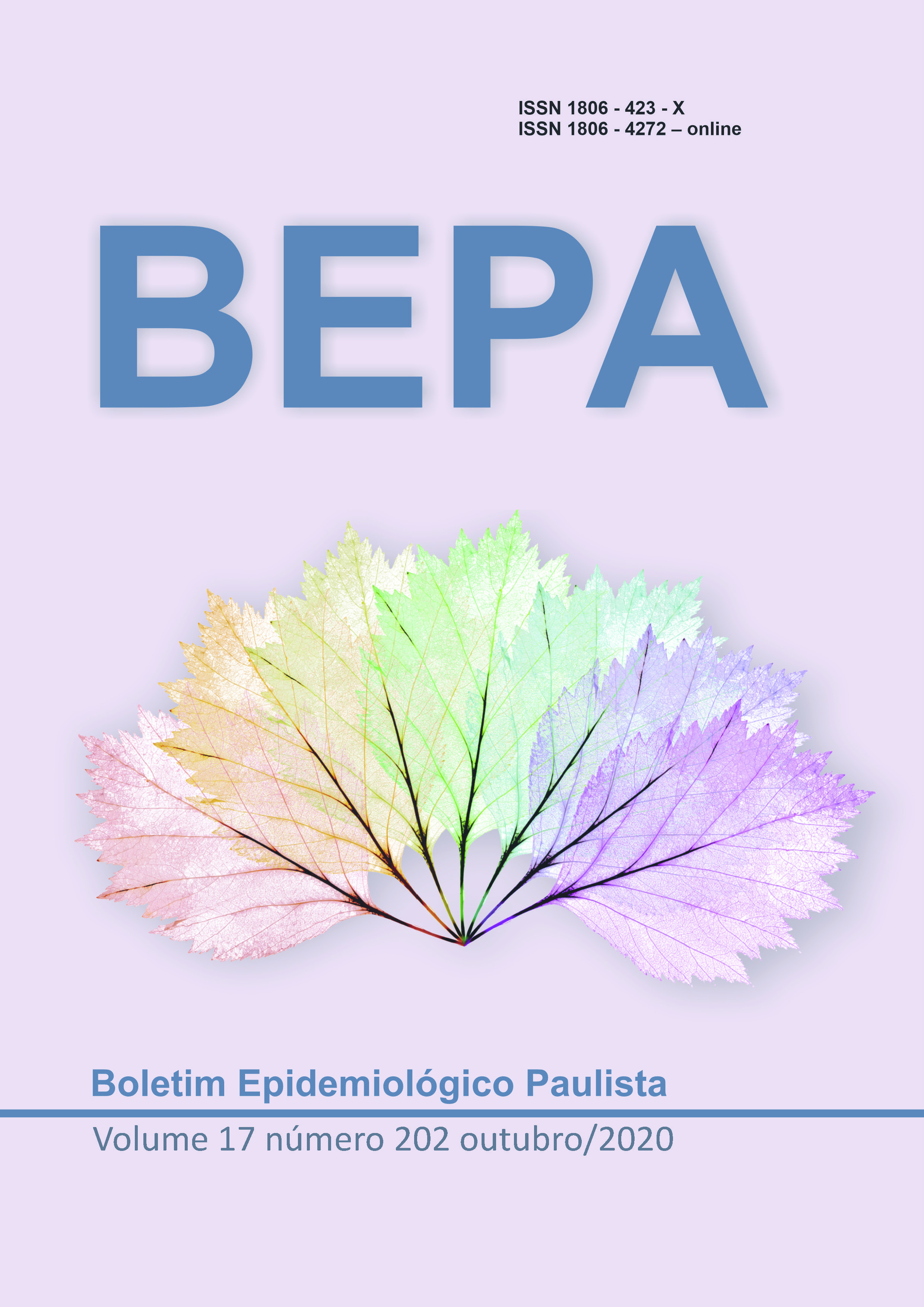Resumen
Toxoplasma gondii, protozoário causador da toxoplasmose, é transmitido dos animais para os seres
humanos pela ingesta de carne infectada ou por oocistos libertados pelos felinos no ambiente. Nos seres
humanos, a infecção é normalmente assintomática, mas em casos em que a infecção primária ocorre
durante a gravidez pode ocasionar malformações neonatais. Em pacientes como Aids ocorre a reativação
da infecção latente, com episódios de proliferação do parasita, causando a doença sintomática, como
a toxoplasmose cerebral ou disseminada. Nas últimas décadas tem se estudado pequenas estruturas
secretadas pelas células procarióticas e eucarióticas denominadas de vesículas extracelulares (EVs).
Estas pequenas estruturas podem ser isoladas por ultracentrifugação, cromatografia e examinadas
por microscopia eletrônica. Elas participam na comunicação entre as células, na transferência de
proteínas, lipídios e ácidos nucléicos. Além disso, as EVs podem transportar biomarcadores de doenças,
macromoléculas biorreativas contribuindo para a patogênese das doenças. Diante do exposto, o presente
estudo teve como objetivo estabelecer um protocolo para isolar e caracterizar vesículas extracelulares
produzidas e excretadas por taquizoítos da cepa RH de T. gondii. Para atingir este objetivo, taquizoítos
provenientes de culturas de células VERO foram isolados dos sobrenadantes das culturas e centrifugados
em cinco séries de lavagens. A seguir, foram incubados em meio de cultura por 24 horas para secreção
das EVs. Então, investigou-se o tamanho e concentração das EVs isoladas por análise de varredura
de partículas (NTA) no equipamento NanoSight. Paralelamente, a morfologia e a liberação das EVs
também foram investigadas por microscopia eletrônica de transmissão e de varredura. Então, as EVs
foram purificadas por cromatografia em gelexclusão em alíquotas de 1 mL (24-32 frações) e imunoselecionadas
por ELISA utilizando um “pool” de soros reagente para toxoplasmose. A seguir foi
investigado a presença de miRNA nas EVs; e finalmente, foi avaliado o perfil proteico das EVs de T.
gondii para verificar por testes sorológicos se estas partículas poderiam ser reconhecidas pelo sistema
imune hospedeiro. Os resultados mostraram que o protocolo para recuperação das EVs de T. gondii foi
estabelecido a partir de 1 a 1010 taquizoítos obtidos de cultura células. As análises realizadas por NTA
permitiram determinar que cerca de 1 x 106 taquizoítos secretaram de 4 a 8 x 108 EVs/mL num período
de 24 horas de incubação em meio de cultura. Adicionalmente, estas vesículas apresentaram morfologia
e tamanho de 165-175 nm de diâmetro, tamanho correspondente as microvesículas. Estes resultados
também foram confirmados pela avaliação das imagens fornecidas pelas microscopias eletrônicas de
transmissão e varredura. As purificações de miRNA a partir das EVs e posterior corrida eletroforética
micro fluídica confirmaram a presença de smallRNA e miRNA nas vesículas. As análises por SDS‑PAGE
mostram que as proteínas carreadas pelas EVs apresentaram um perfil eletroforético com espectro de
15 a 70 kDa. Soros de camundongos cronicamente infectados (com 2 diferentes cepas de T. gondii) e
humanos reconheceram distintos padrões eletroforéticos no immunoblotting.

Esta obra está bajo una licencia internacional Creative Commons Atribución 4.0.
Derechos de autor 2020 Valéria Oliveira Silva, Vera Lucia Pereira-Chioccola
